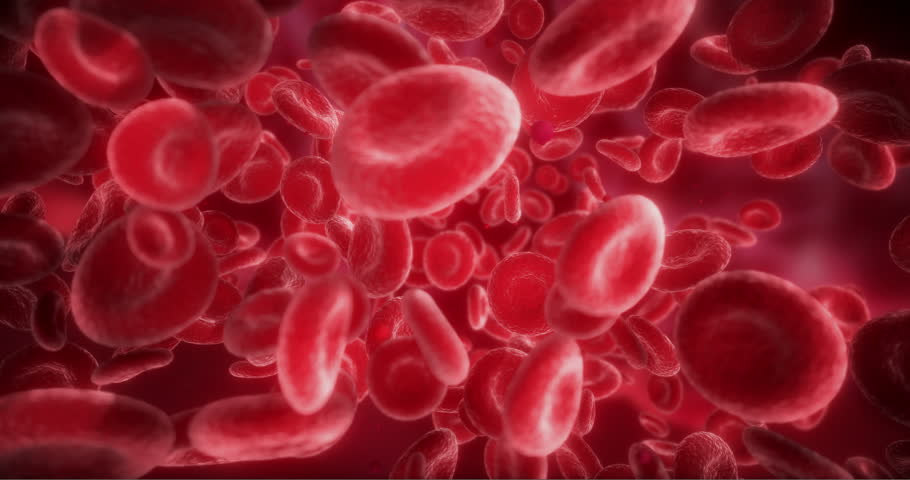First blood transfusion with cultured blood
Our blood, along with our skin, is the largest organ in the body. There is a constant shortage of donated blood. Therefore, culturing blood is the solution. This has now been done for the first time.
Blood from blood donors, a good but not a perfect solution
So far, many lives have been saved with donated blood. Thanks to donated blood, dangerous amounts of lost blood can be replenished during operations or with road casualties.
But donated blood also has some drawbacks. The main disadvantage of donated blood is that it can contain viruses or other pathogens such as prions. Tests are carried out for known viral and bacterial diseases such as HIV, hepatitis, Covid-19 and the Q fever bacteria. But an unknown virus can always slip through.
Donors also do not always have the desired types of blood. The blood type of the universal donor is O-. This blood, which is quite rare, can in principle be given to all recipients of blood. With other blood groups, the group of people for whom this blood is suitable is more limited.
Besides the well-known blood groups ABO and the rhesus factor, there are dozens of other blood groups. Especially patients who receive many different blood transfusions can become allergic to one of these blood groups. For example, there are people who suffer from a rare blood disorder, who have set up their own blood bank. If a patient receives the wrong type of blood, he or she can die from the immune response.
Cultivating blood
Our blood cells are produced in the bone marrow of our bones. In theory, you can use these bone marrow stem cells to produce blood outside the human body.
For example, would you use bone marrow cells from a universal donor (O-dus) to grow blood? Then you have universal donor blood that can be used by everyone. Hospitals could store large amounts of this blood and especially in poorer countries, where health care is not well regulated, this could save a lot of lives.
First clinical trial with cultured blood
Researchers at the University of Cambridge have finally succeeded. About a teaspoon of lab-grown red blood cells is currently being tested on patients. The study tests whether the lab-grown blood (grown from a donor’s stem cells) lasts longer than natural blood from the same donor, which is also administered to the patient. In theory, this blood should last longer because these red blood cells are fresh. A donor’s red blood cells are on average halfway through their lifespan.
Is that the case? Then blood transfusions need to be administered less often, which is of course pure profit. Therefore, allergic reactions are less common. Donations will also be needed less than now.
This would solve many problems, especially in people where there are cultural or religious objections to blood donation. In short, good news that can save many lives when this technology matures.



